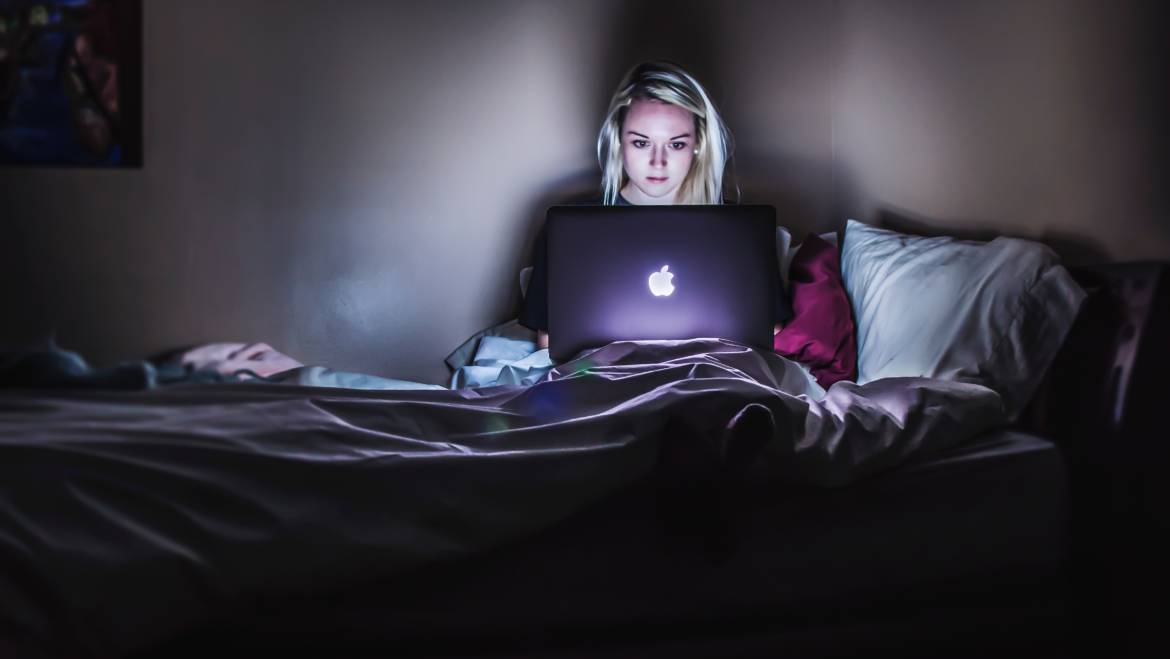Focus on: Digital Eye Strain

With an abundance of digital devices around us such as smartphones, laptops, desktops, tablets, and e-readers, people are spending more time than ever staring at screens. According to The Vision Council, about 80% of American adults report using digital devices for more than two hours per day with nearly 67% using two or more devices simultaneously. Our eyes aren’t built to stare at digital screens all day, so it’s no wonder that so many people experience Digital Eye Strain. Digital Eye Strain is the physical discomfort that results from spending time in front of a digital screen. Symptoms include tired or fatigued eyes, headaches, problems focusing or blurred vision, and dry eyes.

There are several things that can be done to combat Digital Eye Strain, including:
Keep your distance: Desktop computer screens should be approximately an arm’s length away from your eyes and hand-held devices should be held approximately 16-20″. Being too close to the screen can put extra stress on your focusing system.
Take frequent breaks: We recommend the 20/20/20 rule: every 20 minutes, take a 20 second break and look at something 20 feet away (something in the far distance) to allow your eyes to relax and blink at a more natural rate. Studies show that when using use a computer or other device, we blink much less frequently than when doing other activities. The reduced blinking can lead to dry eyes.
Adjust viewing angle: You should be looking slightly down at your computer screen or device, never up. The American Optometric Association recommends that screens be viewed at an angle of about 15-20 degrees below eye level. Looking up at a screen forces your eyes to open wider than normal and can lead to dry eyes.
Decrease overexposure to blue light: In its natural form, blue wavelength light is necessary for full color vision and many functions of the body including the regulation of hormones which affect sleep and mood. However, digital devices put out a high concentration of artificial blue light. Studies show that overexposure to this blue light can lead to damage to retinal cells in the eye which can increase risk for certain eye diseases, disrupt the natural sleep cycle, and cause symptoms of Digital Eye Strain. To reduce exposure to excess blue light there are several things that can be done. Filters that attach to your computer screen and reduce blue light are available, and you can also lower the brightness of your screen. Many devices offer settings to reduce the blue light output of the screen. There are also eyeglass lens materials and coatings that filter out excess blue light, and we offer this technology to our patients. Our doctors and staff will be happy to talk to you about your vision needs and help you decide what products and habits will best protect your eyes and complement your lifestyle. 



Add Comment